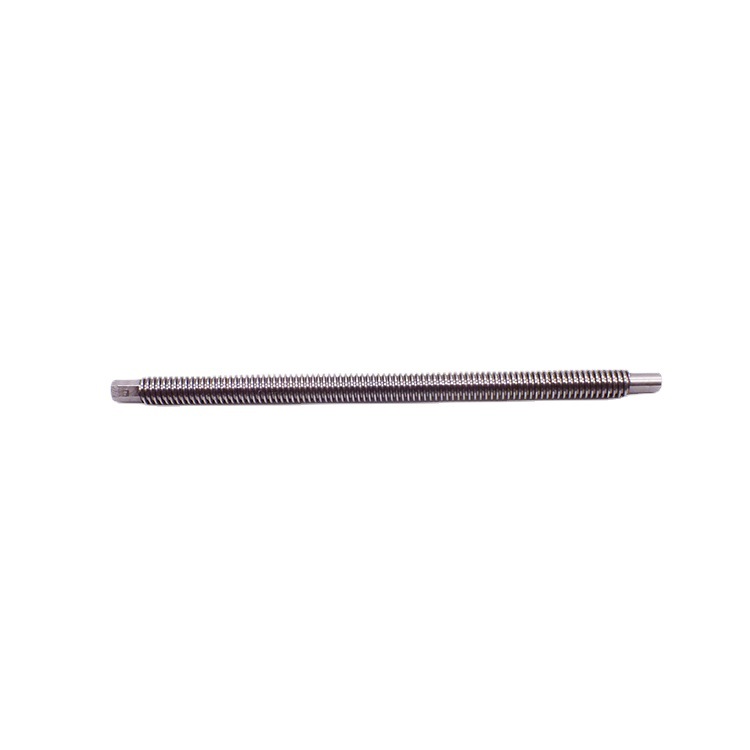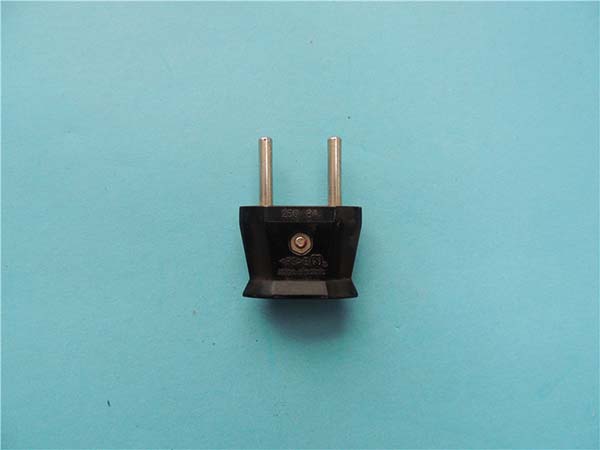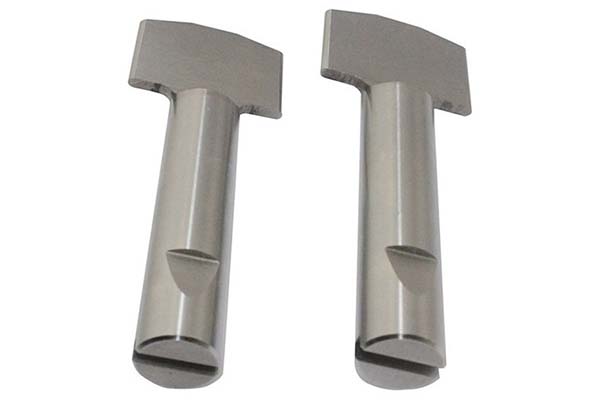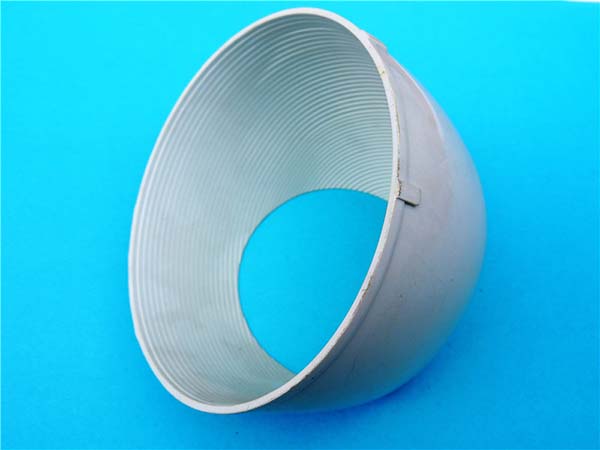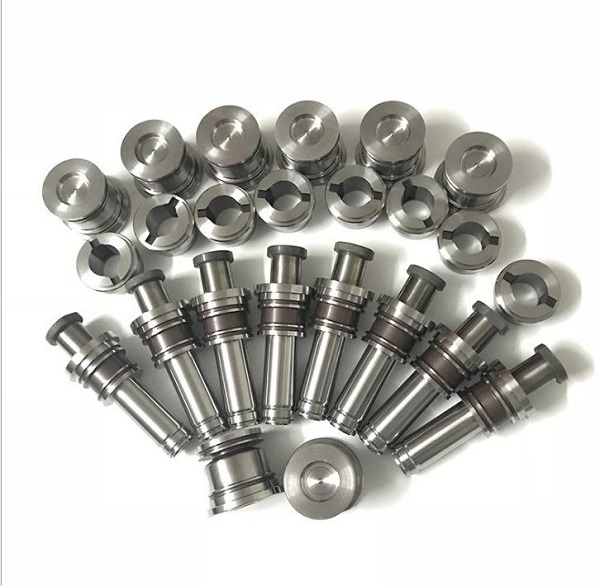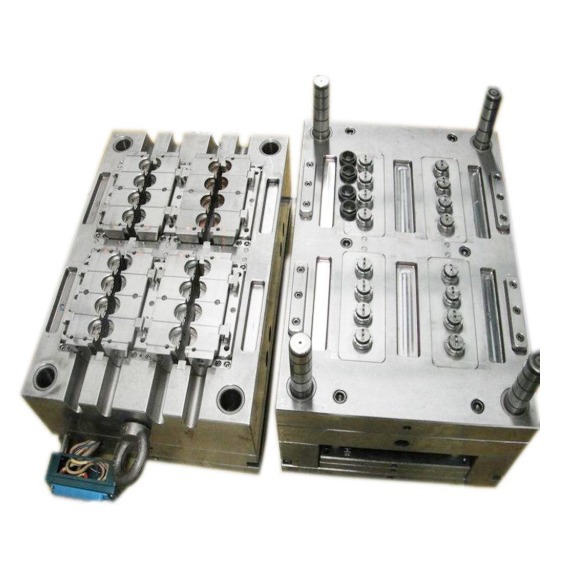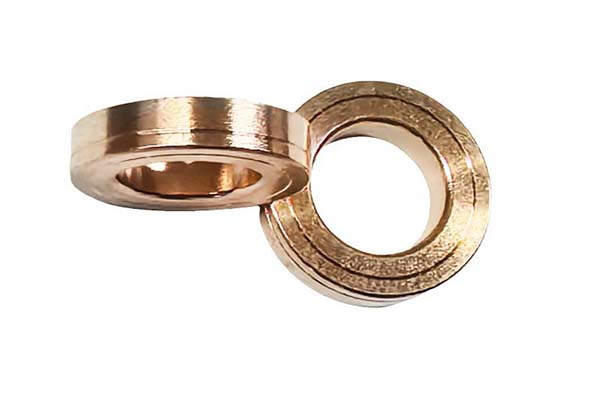Introduction to Medical Machining
In the rapidly advancing world of healthcare, medical machining plays a pivotal role in driving innovation. This sophisticated process involves the manufacturing of medical devices using advanced technologies, from life-saving implants to precision surgical tools. Medical machining ensures these critical instruments adhere to strict standards of accuracy and reliability. This article explores how the integration of cutting-edge technologies is transforming healthcare, improving patient outcomes, and pushing the boundaries of medical device manufacturing.
What is Medical Machining and Why It Matters
Medical machining refers to the specialized process of creating medical devices and components through various manufacturing techniques, such as CNC machining, laser cutting, and 3D printing. These technologies enable the production of highly precise parts that are essential for medical applications. The significance of medical machining lies in its direct impact on patient care, providing durable, reliable, and effective devices. The precision involved ensures that these devices function optimally, leading to better surgical outcomes, faster recovery times, and enhanced patient safety.
Key Technologies in Medical Machining
Several advanced technologies are revolutionizing the medical machining field, each playing a critical role in the quality and functionality of medical devices.
CNC Machining in Medical Devices
CNC (Computer Numerical Control) machining is foundational in medical device manufacturing. It enables the production of complex, precise components with high repeatability. CNC machining is used to manufacture critical medical parts, such as orthopedic implants, surgical instruments, and diagnostic equipment. This technology allows for the use of a wide variety of materials, including metals, plastics, and polymers, making it incredibly versatile and adaptable for different medical needs.
Laser Cutting and 3D Printing Applications
Laser cutting and 3D printing have redefined the possibilities within medical machining. Laser cutting offers exceptional precision, making it ideal for creating intricate components like surgical scalpels and micro-tools. It can achieve fine, clean cuts at a rapid pace, allowing manufacturers to produce detailed parts efficiently. On the other hand, 3D printing is gaining ground, especially for creating custom prosthetics and implants. It allows for personalized medical devices tailored to the exact specifications of a patient's anatomy, offering a level of customization not possible with traditional methods.
Materials Used in Medical Machining
The choice of materials in medical machining directly affects the performance, safety, and longevity of medical devices. Here are some of the most commonly used materials in the field:
Stainless Steel
Stainless steel is one of the most widely used materials in medical machining due to its strength, corrosion resistance, and biocompatibility. It is commonly found in surgical instruments, implants, and scalpels, where durability and hygiene are essential.
Titanium and Its Alloys
Titanium and its alloys are prized in medical machining for their high strength-to-weight ratio and excellent biocompatibility. These materials are frequently used in orthopedic implants, dental devices, and cardiovascular stents. One key benefit of titanium is its ability to osseointegrate, meaning it can fuse with bone tissue, making it ideal for long-term implants.
Polymers and Plastics
Polymers and plastics are increasingly utilized in medical machining for their lightweight nature, versatility, and cost-effectiveness. Materials like PEEK (polyether ether ketone) are used in spinal implants, while medical-grade ABS is commonly employed for disposable surgical tools. These materials provide an excellent balance between performance and cost.
Precision and Tolerance in Medical Devices
The Importance of Accuracy
Precision is paramount in medical machining. Even minor deviations from the intended design can lead to device failure or adverse reactions, significantly impacting patient health. That’s why adherence to exact specifications is non-negotiable. The use of advanced measurement systems, laser tracking, and coordinate measuring machines (CMMs) ensures that every device meets stringent tolerance levels.
Quality Control and Assurance
Quality control is an integral part of medical machining. A rigorous quality control process involves multiple layers of testing, including:
- Dimensional inspections using high-precision measurement tools
- Material testing to ensure the properties of raw materials meet required standards
- Sterilization validation to ensure devices are free from contaminants
- Performance testing under simulated real-world conditions
Compliance with industry regulations like FDA approval, ISO certifications, and the CE mark ensures that the final products meet the required safety and efficacy standards. Continuous audits and process optimizations further ensure the consistent quality of medical devices.
Applications of Medical Machining
Medical machining is essential across a wide range of healthcare fields, delivering high-quality, precise devices for various applications:
Orthopedic Implants
Orthopedic implants, such as hip replacements, knee prostheses, and spinal fusion devices, require incredibly high precision. CNC machining and 3D printing allow manufacturers to create implants that fit patients’ unique anatomical profiles, improving comfort and functionality. The customizability of these devices ensures better outcomes, faster recovery times, and fewer complications.
Surgical Instruments
Surgical instruments, including scalpels, forceps, and clamps, must be sharp, durable, and ergonomically designed for precision use during procedures. Medical machining technologies, especially laser cutting, are used to create fine edges and intricate designs, enhancing both functionality and safety during surgeries.
Dental Devices
In dentistry, dental implants, crowns, and bridges require high precision to ensure proper fit and comfort. CAD/CAM (Computer-Aided Design and Computer-Aided Manufacturing) systems have revolutionized the production of custom dental prosthetics, allowing for faster turnaround times and better patient outcomes.
Conclusion: The Future of Medical Machining
Summary of Medical Machining's Role in Healthcare
Medical machining is revolutionizing healthcare by producing precision-engineered devices that are essential for patient care. From orthopedic implants to surgical instruments, this technology is helping improve treatment outcomes, reduce recovery times, and enhance the safety of medical procedures. As manufacturing technology continues to evolve, the role of medical machining will only grow, bringing about even more breakthroughs in patient care.
The Path Forward for Medical Device Manufacturing
The future of medical machining lies in the integration of emerging technologies, such as artificial intelligence, robotics, and advanced materials. These advancements will further improve manufacturing precision, production speed, and personalization. By embracing these innovations, the medical field will continue to push the boundaries of what is possible, improving patient outcomes and advancing healthcare practices on a global scale.
FAQs
Q1: What are the primary advantages of CNC machining in medical device manufacturing?
A1: CNC machining offers several key advantages in medical device manufacturing, including high precision, repeatability, and the ability to work with a wide range of materials. It enables the production of complex parts with tight tolerances, ensuring reliability and functionality in medical devices. Additionally, CNC machining enhances production efficiency, reduces human error, and accelerates time-to-market.
Q2: How does 3D printing contribute to the customization of medical implants?
A2: 3D printing revolutionizes the creation of customized medical implants by allowing manufacturers to design implants tailored to a patient's unique anatomy. Using patient-specific data from imaging scans, 3D printing enables the production of personalized devices, improving the fit and reducing complications. This customization not only enhances patient outcomes but also speeds up the manufacturing process, providing quicker, more efficient care.
Q3: What quality control measures are implemented in medical machining to ensure the safety and efficacy of medical devices?
A3: Quality control in medical machining includes dimensional inspections, material testing, and sterilization validation to ensure the safety and effectiveness of devices. Advanced measurement technologies, rigorous testing protocols, and compliance with global standards like ISO, FDA approvals, and the CE mark ensure that devices meet the highest safety and performance requirements. Additionally, continuous audits and process improvements ensure long-term product reliability and safety.
